I recently drove a BYD Seal between Sydney and Melbourne to attend the All Energy Australia conference and exhibition. This not only gave me the opportunity to thoroughly test the Seal over a long road trip, it also led me to realise I had been living in a Tesla charging bubble.
After 5 years and many road trips in my Model 3, I have grown accustomed to the Tesla Supercharging experience and no longer plan ahead for long journeys. This includes a few holidays in Queensland, one trip to Tasmania and countless drives between Sydney and Coffs Harbour to visit family.
Route planning in a Tesla works extremely well, in my experience, and all of the charging stops are mapped out for you once you enter a destination, provided there are enough Superchargers along the way. The example below shows navigation from Sydney to Melbourne in a Model Y Performance, with 4 recommended charging stops.
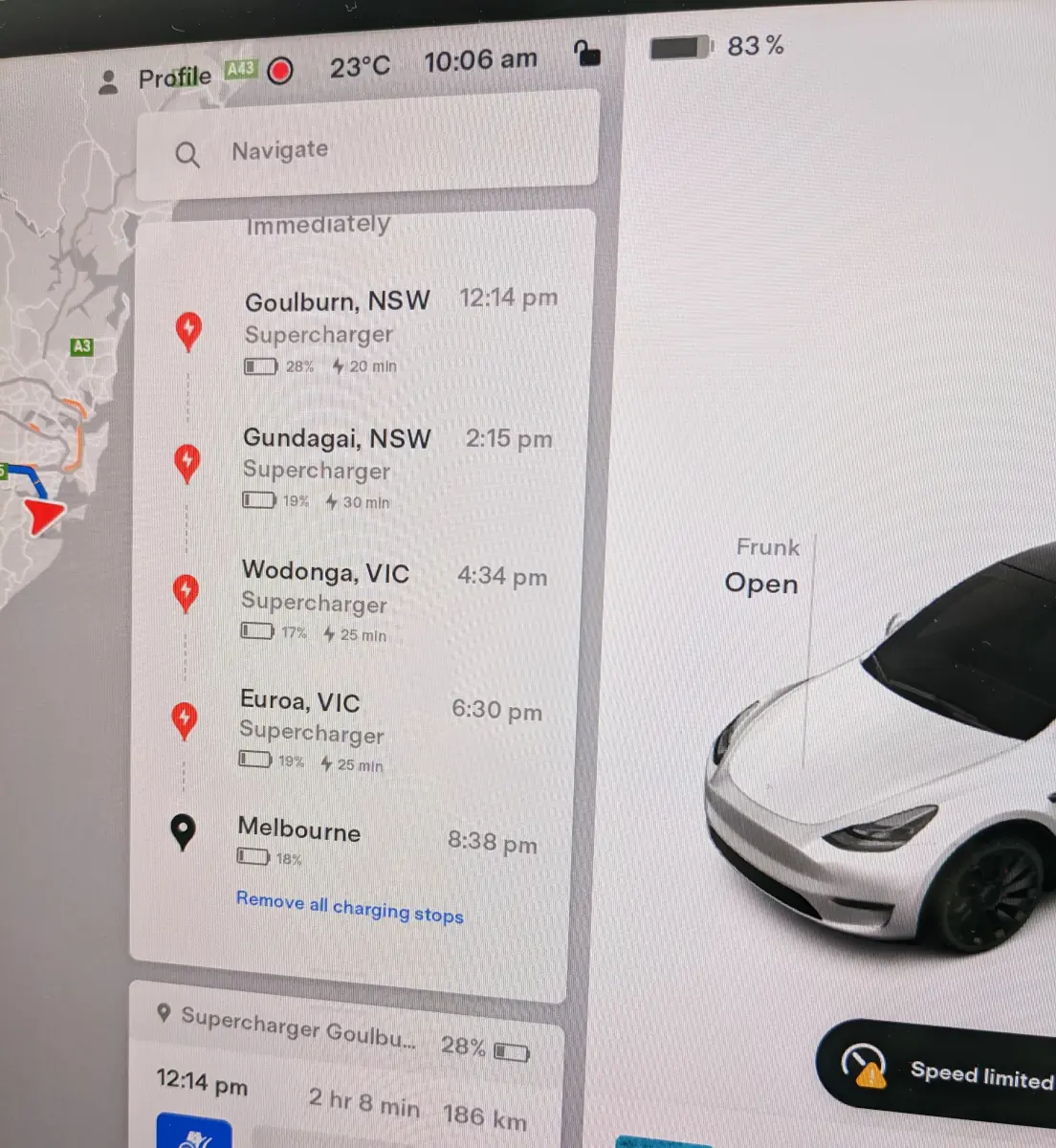
I mostly rely on the Tesla Supercharger network because I find the chargers are always working and there are generally free spots, with availability improving further in the past year or two since Tesla has opened multiple new sites with up to 12 stalls. Most of these new sites were government supported, so are open to non-Tesla vehicles.
Prior to these new Superchargers, there were occasional bottlenecks, such as when I drove from Sydney to Melbourne on Boxing Day in 2022 and had to wait about 45 minutes to plug in at Wodonga, where all 6 stalls were occupied and 6 Teslas were already waiting as I arrived. This is the only time I ever needed to queue for a Supercharger though.
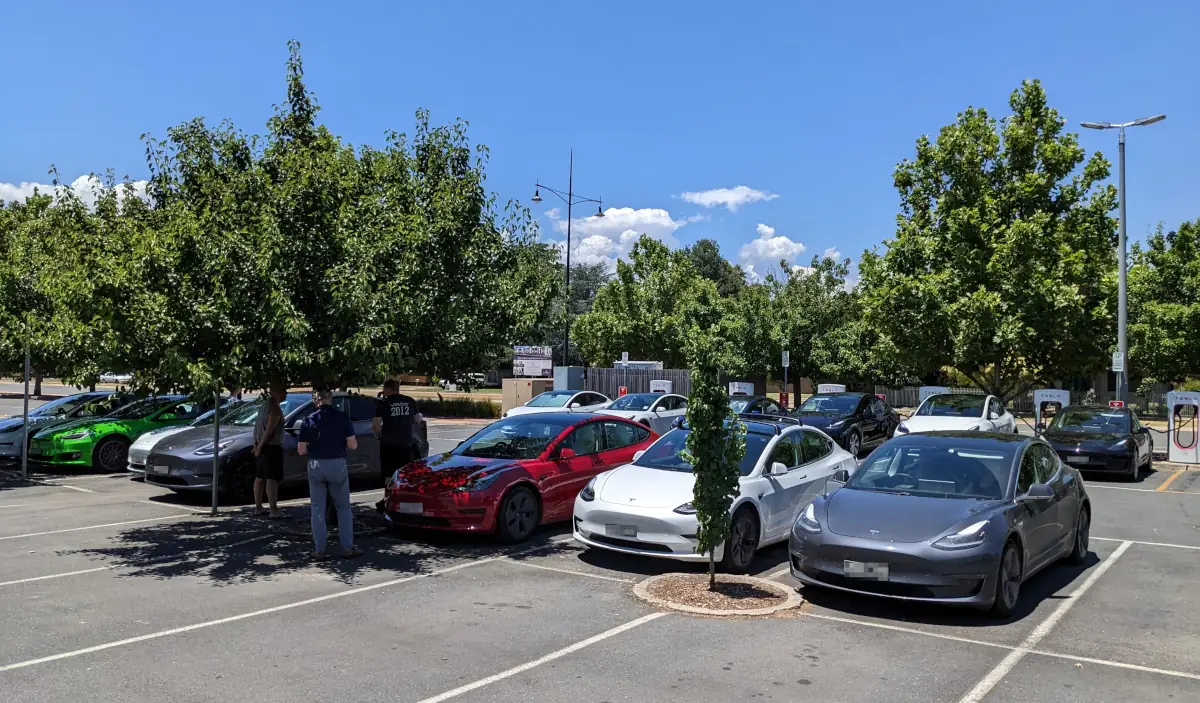
A year later in December 2023, this bottleneck was eliminated when Tesla opened its Albury, NSW Supercharger site with 16 stalls, still the largest in the country as far as I’m aware. A site originally planned for 20 stalls in Benalla, VIC has not yet appeared on Tesla’s Supercharger map.
Occasionally I use other DC fast charging networks too, usually because there are better food options or amenities nearby. However, if those chargers are unavailable I feel comfortable knowing I can always fall back to the nearest Supercharger.
The first cracks start to appear
The first charging stop on my trip down to Melbourne in the BYD Seal was going to be the upgraded Supercharger V4 site at Yass, NSW with 12 stalls. I was aware of earlier BYD Atto 3 and Seal vehicles having issues with Tesla V3 or V4 Superchargers, although I neglected to check if this BYD press car had the fix applied.
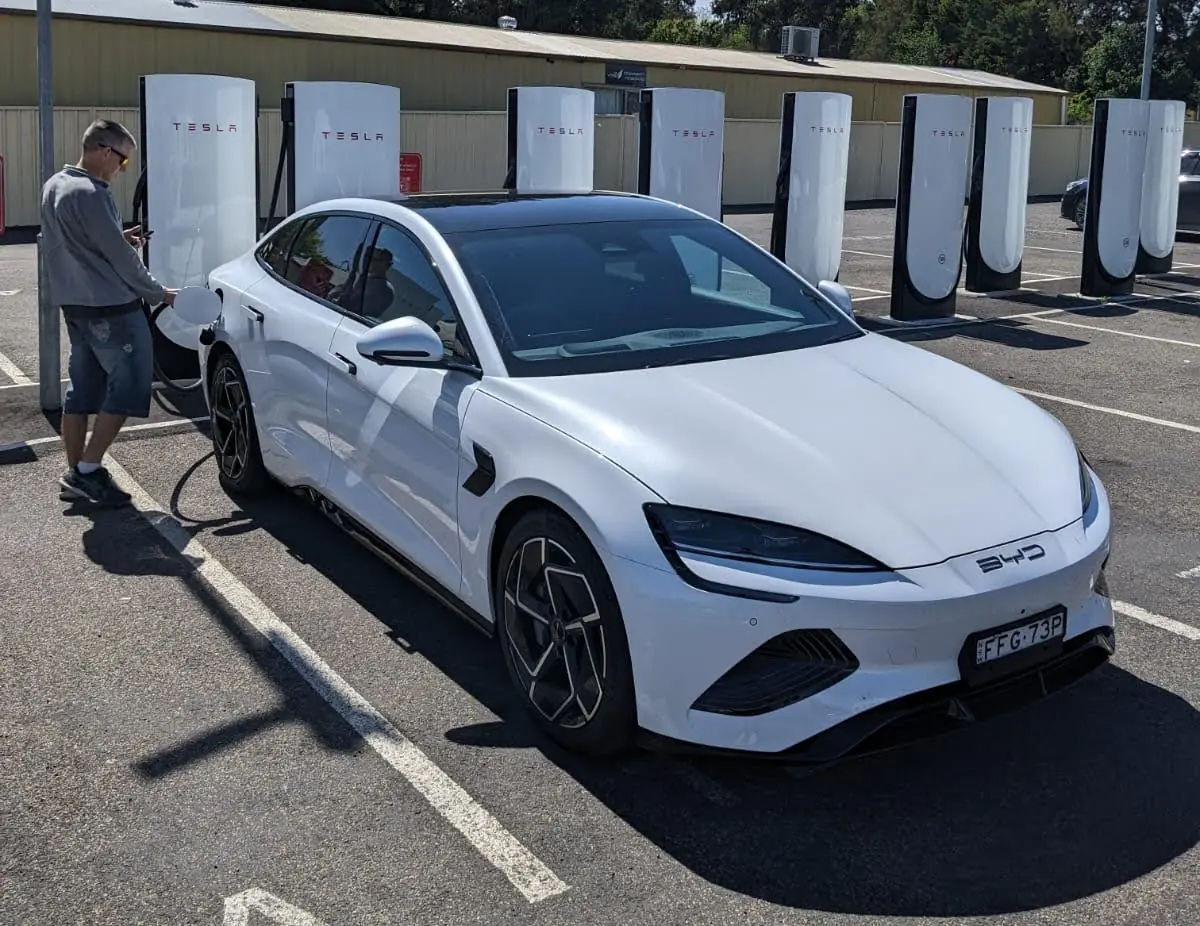
After trying two different stalls without any luck, I realised this Seal was not going to charge successfully so I would have to rely on other charging networks for the rest of the trip. After topping up at the nearby Yass NRMA charger and then Evie Wodonga without issue, the final stop before Melbourne was Chargefox near Euroa.
Despite 2 out the 4 CCS2 chargers at this RACV / Chargefox location being capable of up to 350 kW, Plugshare states that they are temporarily curtailed to a maximum of 100 kW across the 2 stations. For some reason the BYD Seal was only receiving 36 kW at a low state of charge while a Volvo XC40 Recharge next to me was getting close to 50 kW.
I tried moving to a different charger but charging speeds did not improve. By that time 2 more EVs had arrived, including an as yet unreleased XPeng G6. Given all of the remaining spots were now taken I had no choice but to keep charging for another 40 minutes at an average of 32 kW.

The bubble bursts
After arriving in Melbourne on Tuesday night with around 30% charge remaining, I left the Seal parked safely for 2 days while attending All Energy. It was a fun and busy 2 days so I departed Melbourne early on Friday morning with the car still on 30% as it was parked without access to trickle charge overnight.
On the return trip to Sydney I became acutely aware that not having access to the Tesla Supercharging network can sometimes lead to a very different charging experience to the one I was accustomed to.
Before leaving Melbourne I charged for 45 minutes at Evie North Fitzroy to give the Seal enough energy to make the next available fast chargers on the highway. The next stop was a quick top up at BP Pulse Glenrowan. Initially the car was charging at close to the 75 kW maximum but this halved when another EV plugged in next to us.
Given the slow charging speeds there, I decided to unplug and head for the Chargefox at Barnawartha North which was supposed to have 2 ultra rapid 350 kW and 2 more 50 kW chargers. On the way there, Plugshare showed 1 of the 350 kW stations was out of order but the other was free.
Unfortunately, the remaining 350 kW charger was actually out of order. It showed up as available in the Chargefox app but charging would not initiate, stuck on the “Preparing to charge” screen. I later reported this via the Chargefox app so hopefully they have fixed it.
I briefly tried one of the 50 kW Kempower chargers but the Seal was mysteriously capped at 36 kW again, even though the battery was at 19 % state of charge. This time there were no other cars charging at all, as opposed to Euroa where all stations were occupied.
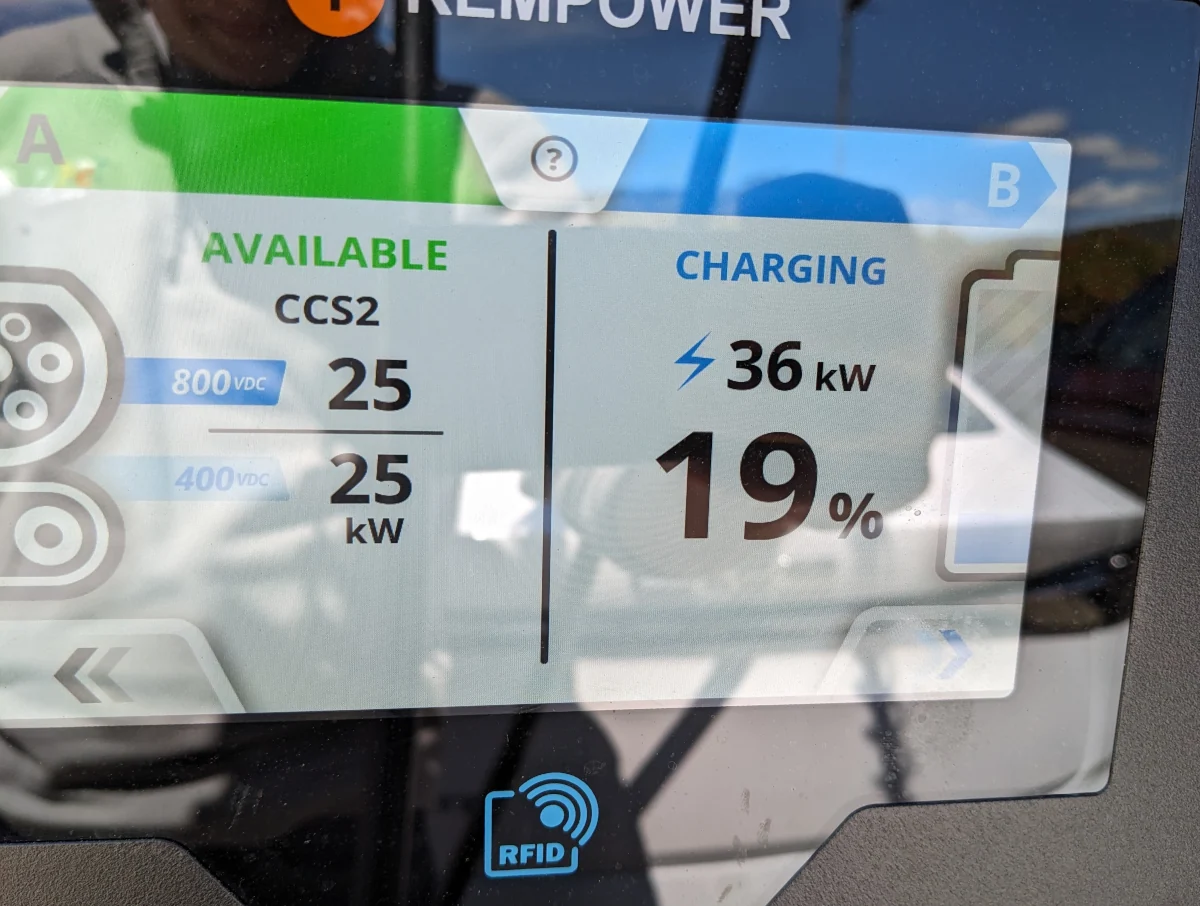
The fourth and final charging stop before leaving Victoria was Evie Wodonga on Hume Street. This is another 50 kW charger so it took over an hour to charge up enough to continue north, thankfully it was delivering close to the advertised speed and was free upon arrival.
Goulburn would have been a nice distance for the next charging stop but my bad luck had seemingly not run out yet, with the ultra-rapid NRMA / Chargefox stations there showing up as faulted in the app. So, I headed for the NRMA charger at Yass again.
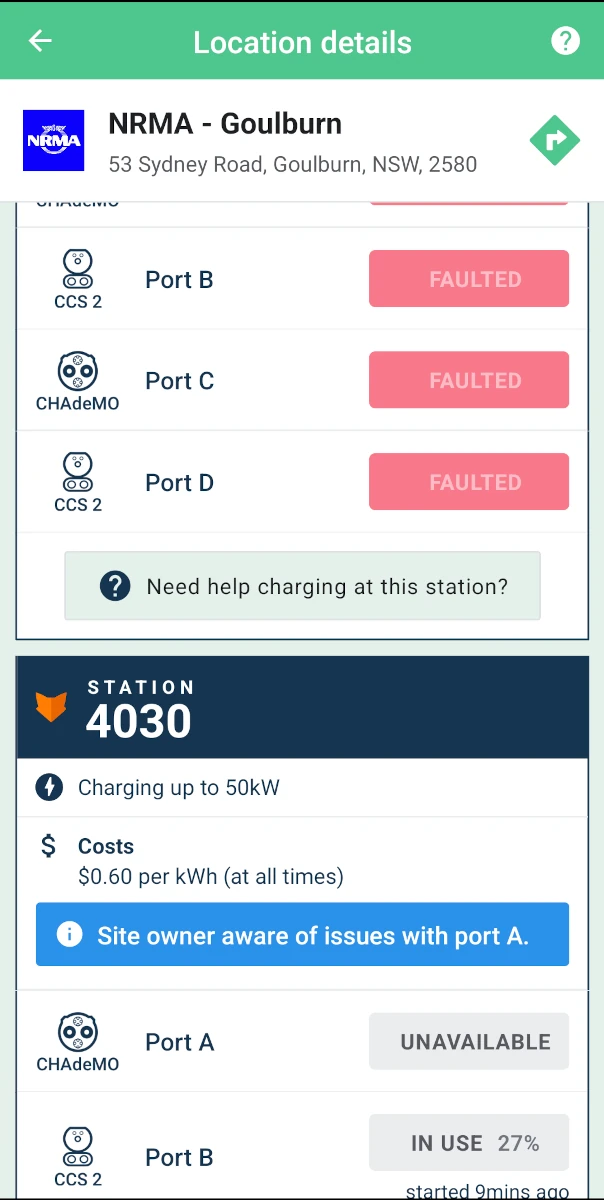
When I arrived in Yass there was already a BYD Atto 3 charging so I had to wait 20-30 minutes while there were probably 10 or more 250 kW Tesla Superchargers sitting idle only a block away. I’m generally a very patient person, but I was pretty keen to charge quickly and get home by this point!
I had almost given up and driven off when the friendly Atto 3 owner returned and moved his car so we could plug in. 50 minutes later the Seal was up to 60 % state of charge which I judged was just enough to make it home with sufficient buffer.
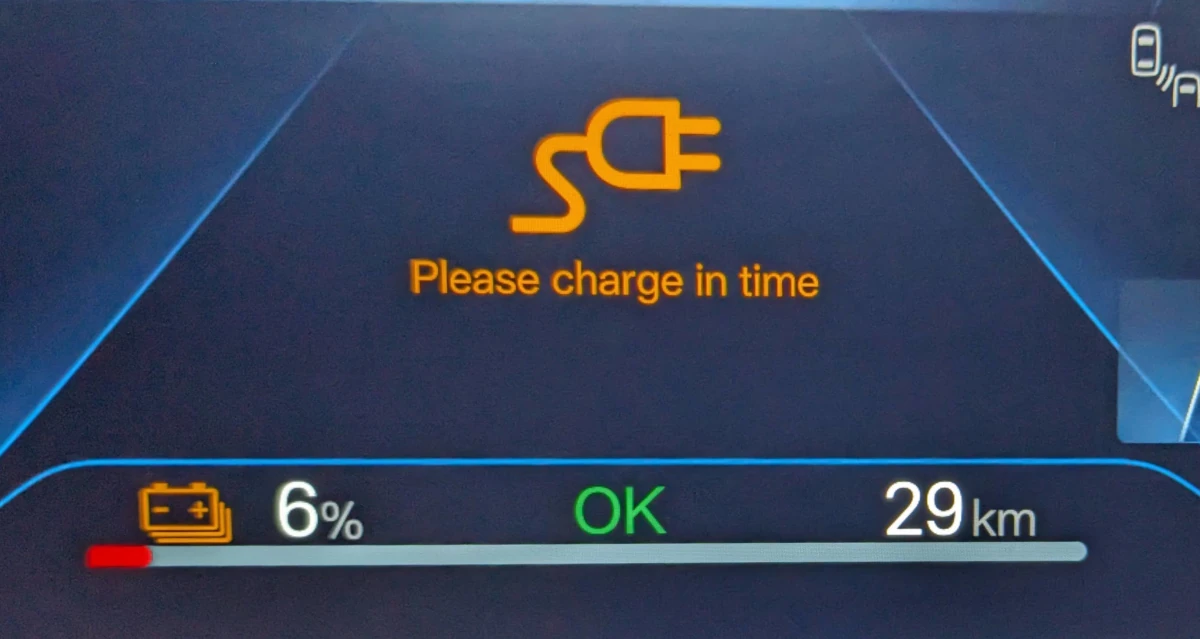
Only just, as I made it back home around 10:30 pm with 6% and 29 km remaining, plus a friendly reminder from the BYD Seal to please charge in time. All up the journey home took close to 14 hours including over 3 hours spent actively charging.
For a full breakdown of all charging sessions on the trip, you see the charging session details section of the accompanying BYD Seal road trip article
The future is bright, but planning ahead still required
Obviously not all EV road trips are like this. For example, I drove a Kia EV9 over 1,300 km without any issues. My experience in this particular case was a combination of poor planning and bad luck, compounded by the Seal’s incompatibility with Tesla Superchargers.
In hindsight, the return journey home could have been much quicker and smoother if I had been able to charge overnight before leaving Melbourne. It would also have been a different story if some of the 350 kW chargers I tried were available and working.
Public DC fast charging infrastructure still has a long way to go in Australia, although I remain confident that we will eventually be blessed with the level of infrastructure that leading European countries such as Norway have today. This will happen over time as the number of EVs on our roads and demand for chargers increases.
In the meantime, my experience on this road trip taught me that you still need to plan ahead and should expect to find some broken or slow charging stations along the way. This is especially true if you don’t have access to, or choose not to use the Tesla charging network.
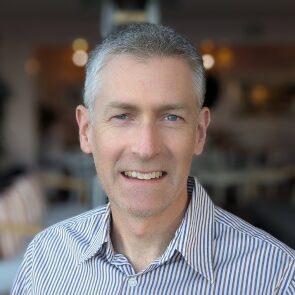
Tim has 20 years experience in the IT industry including 14 years as a network engineer and site reliability engineer at Google Australia. He is an EV and renewable energy enthusiast who is most passionate about helping people understand and adopt these technologies.

